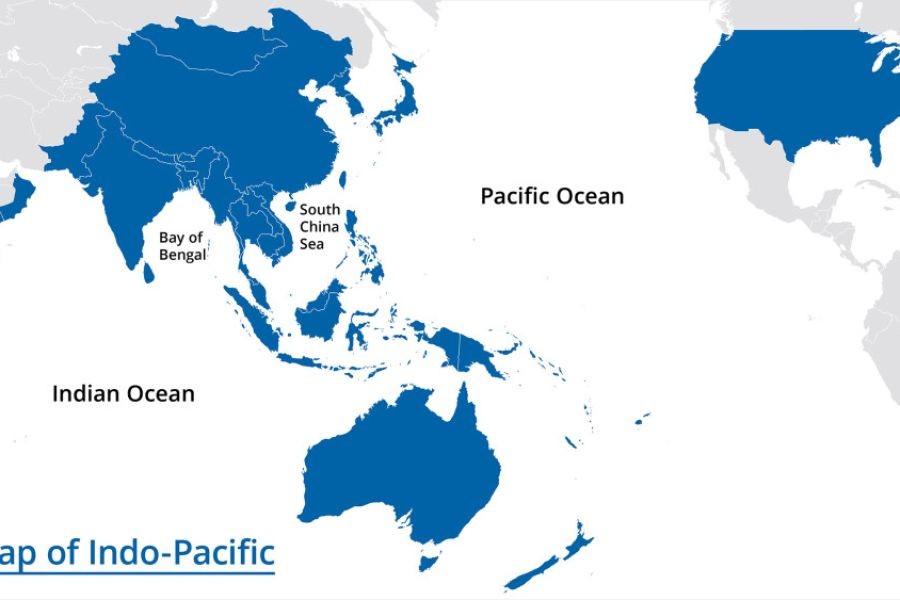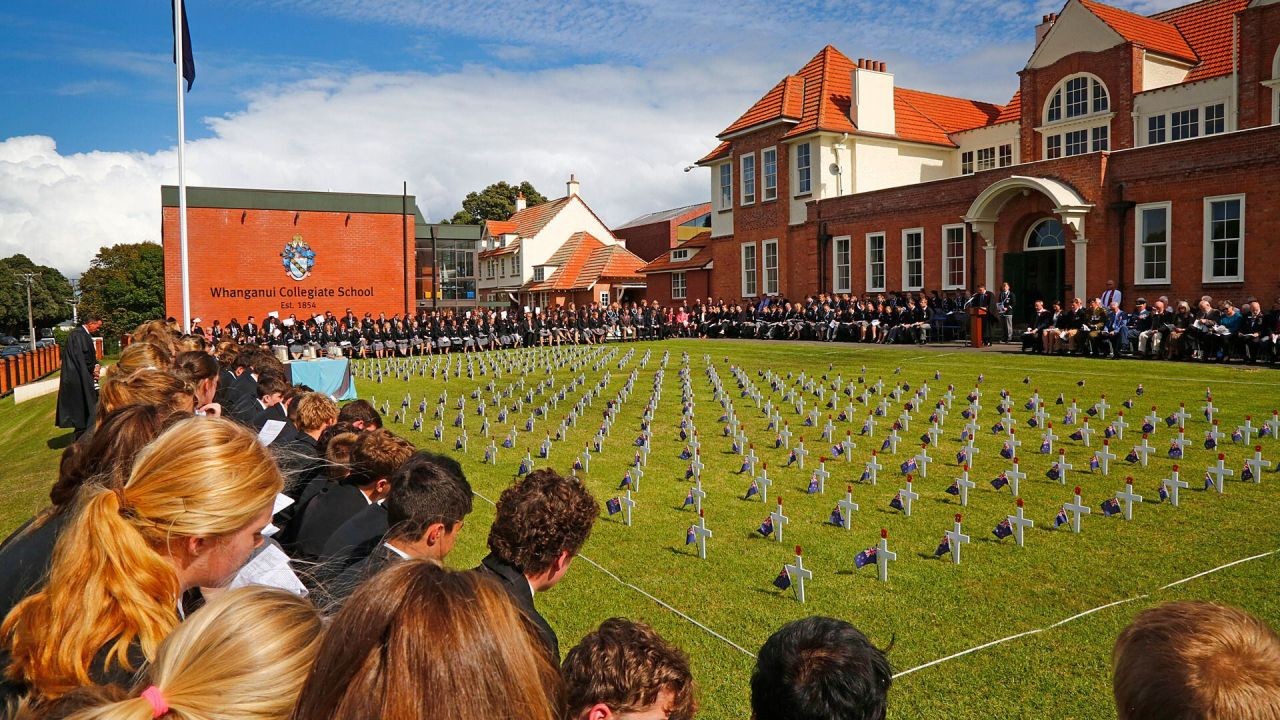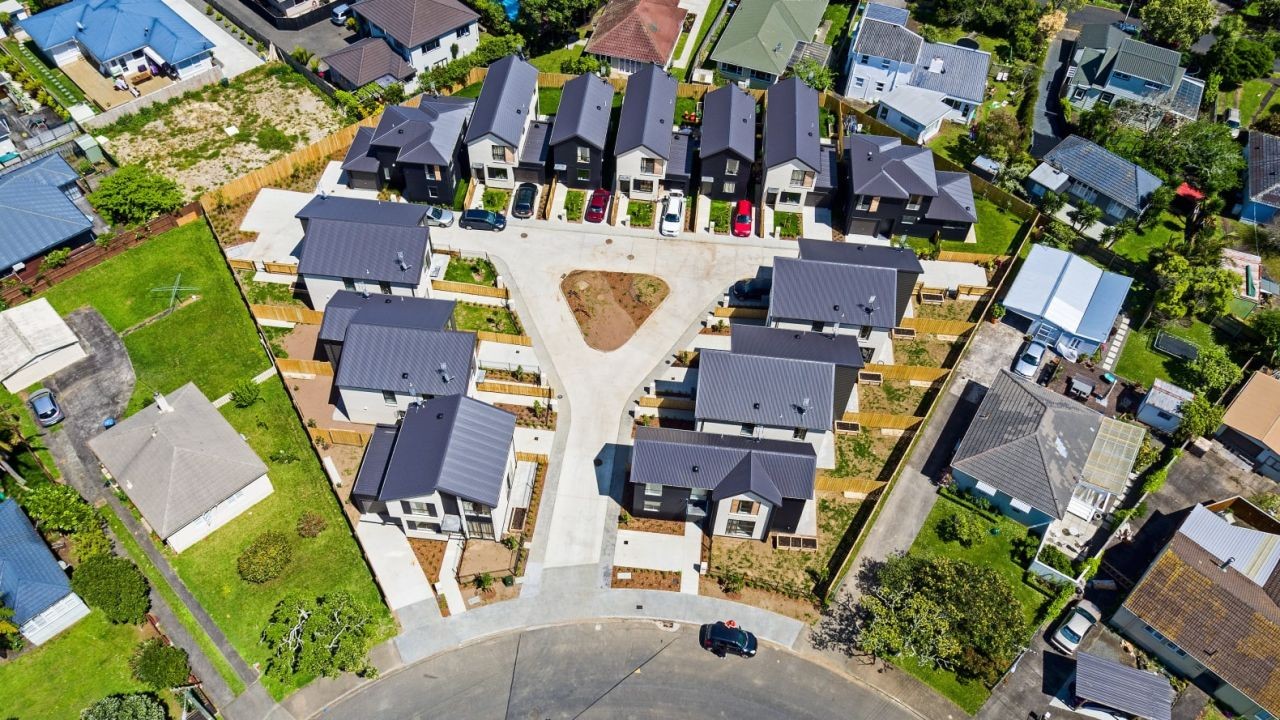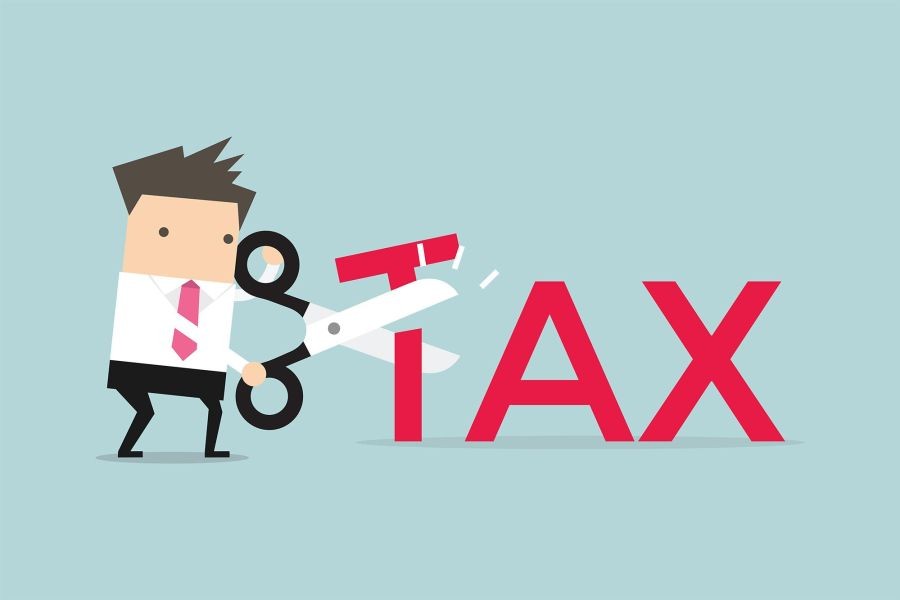The Indo-Pacific region, increasingly marked by geopolitical tensions and strategic jostling, places Australia's defense capabilities under a critical spotlight. As debates swirl over the nation's readiness for potential military conflicts, experts and analysts are raising concerns about Australia's preparedness. This article delves into the multifaceted challenges facing Australia's military, examining economic constraints, strategic policies, and global comparisons.
The Strategic Importance of the Indo-Pacific
With its strategic location bridging the Pacific and Indian Oceans, Australia plays a pivotal role in the Indo-Pacific region. This vast expanse is not only significant for global trade routes but also for its geopolitical implications. As tensions escalate between major powers like the United States and China, Australia's defense posture becomes increasingly vital.
Economic Constraints on Military Spending
Australia's defense budget, while substantial, faces limitations that impact the nation's readiness. According to data from the Australian Bureau of Statistics (ABS), defense spending accounted for approximately 2% of the GDP in recent years. Although this represents a significant investment, it pales in comparison to military expenditure by regional powers like China.
The Reserve Bank of Australia (RBA) emphasizes that balancing economic growth with defense spending poses a challenge. Economic pressures, such as inflation and public debt, necessitate a careful allocation of resources, which can limit the scope for substantial increases in defense budgets.
Technological Advancements and Modernization
While financial constraints exist, technological advancements offer opportunities for Australia's military modernization. Recent initiatives focus on integrating cutting-edge technologies like artificial intelligence, cybersecurity measures, and advanced surveillance systems. However, the pace of technological adoption remains a concern.
Globally, nations are rapidly advancing their military technologies. A report by the Australian National University highlights that Australia's investment in military technology lags behind global leaders. This gap underscores the need for accelerated modernization efforts to maintain strategic parity.
Case Study: The Collins-Class Submarine Program
Australia's Collins-Class Submarine Program exemplifies the challenges and opportunities within its military modernization efforts. Originally designed and built in the 1990s, these submarines have undergone successive upgrades to extend their operational lifespan.
However, delays and cost overruns have plagued the program. Despite these challenges, the Collins-Class modernization highlights Australia's commitment to maintaining a capable submarine fleet. Future plans aim to replace these submarines with more advanced models, underscoring the ongoing efforts to enhance naval capabilities.
Strategic Alliances and Partnerships
Australia's strategic alliances, particularly with the United States, play a crucial role in bolstering its military readiness. The ANZUS treaty, a cornerstone of regional security, underscores the importance of collaboration in the face of evolving threats.
Furthermore, Australia actively participates in multinational military exercises, such as the biennial Talisman Sabre drills, which enhance interoperability with allies. These exercises, involving thousands of personnel, provide invaluable training and foster strategic relationships.
Global Comparisons: Lessons from Japan and South Korea
Japan and South Korea, both key players in the Indo-Pacific, offer valuable insights into enhancing military readiness. Japan's recent policy shifts, allowing for greater military engagement, demonstrate the importance of adaptive defense strategies. Similarly, South Korea's focus on technological innovation within its military underscores the need for continuous modernization.
Australia can draw lessons from these nations, particularly in terms of policy flexibility and technological investments. By aligning its strategies with those of regional partners, Australia can enhance its military capabilities and ensure readiness for potential conflicts.
Regulatory Insights and Industry Implications
The Australian Competition & Consumer Commission (ACCC) emphasizes the need for transparent procurement processes within the defense sector. Ensuring accountability and efficiency in defense spending is critical to maximizing resource allocation.
Moreover, the Australian Prudential Regulation Authority (APRA) highlights the importance of risk management within defense contracts. Effective oversight and strategic planning can mitigate potential financial risks and enhance the overall effectiveness of defense investments.
Challenges in Workforce and Training
A crucial aspect of military readiness lies in the recruitment and training of personnel. Australia's defense forces face challenges in attracting and retaining skilled personnel, particularly in specialized roles such as cybersecurity and intelligence.
According to the Australian Bureau of Statistics, the defense sector competes with other industries for skilled workers. Addressing this workforce challenge requires targeted recruitment strategies and investment in training programs to ensure a robust and capable defense force.
Myths and Misconceptions
- Myth: Australia's military is fully equipped with state-of-the-art technology. Reality: While advancements are ongoing, there remain gaps in technological parity with global leaders, requiring continuous investment in modernization.
- Myth: Strategic alliances alone can ensure Australia's military readiness. Reality: While alliances are crucial, self-reliance through domestic capabilities and innovation is equally important for long-term readiness.
- Myth: Increased defense spending guarantees military superiority. Reality: Effective spending, strategic planning, and technological innovation are essential components of military readiness beyond mere budget increases.
Future Trends and Predictions
Looking ahead, Australia's military strategy will increasingly focus on integrating advanced technologies such as artificial intelligence and autonomous systems. By 2030, it's predicted that a significant portion of Australia's defense capabilities will rely on these innovations, enhancing both efficiency and effectiveness.
Furthermore, regional collaborations are expected to deepen, with Australia playing a more proactive role in multilateral defense initiatives. These partnerships will be crucial in addressing evolving threats and ensuring regional stability.
Conclusion
Australia's military readiness in the Indo-Pacific region is a complex issue, influenced by economic constraints, technological advancements, and strategic alliances. While challenges remain, opportunities for modernization and collaboration offer a path forward.
For Australia to enhance its military capabilities, a balanced approach involving strategic investments, technological innovation, and international partnerships is essential. By addressing these areas, Australia can ensure its defense forces are prepared for future challenges in the Indo-Pacific region.
Final Takeaways
- Australia's defense budget faces economic constraints, necessitating strategic resource allocation.
- Technological advancements offer opportunities for modernization, but require accelerated adoption.
- Strategic alliances and partnerships enhance military readiness and regional stability.
- Workforce challenges must be addressed to ensure a skilled and capable defense force.
- Future trends highlight the importance of integrating advanced technologies and deepening regional collaborations.
Call to Action
As Australia's military navigates these challenges, it's crucial for policymakers, industry leaders, and the public to engage in informed discussions about the nation's defense strategy. What are your thoughts on Australia's military readiness in the Indo-Pacific? Share your insights and join the conversation.
People Also Ask
- How does Australia's military readiness impact its economy? Australia's defense strategy influences economic stability through job creation and technological innovation, contributing to GDP growth.
- What are the biggest misconceptions about Australia's military readiness? A common myth is that increased spending alone ensures readiness. However, strategic planning and technological advancements are equally crucial.
- What are the best strategies for enhancing military readiness in Australia? Experts recommend investing in advanced technologies, fostering strategic alliances, and addressing workforce challenges to enhance readiness.
Related Search Queries
- Australia military modernization
- Indo-Pacific defense strategy
- Australian defense budget 2023
- Australia-US military alliance
- Future of Australia's military
- Australia defense workforce challenges
- Australia military technology advancements
- APRA defense spending oversight
- Australia cybersecurity in defense
- ANZUS treaty and Australia































adolfoglenny24
8 months ago